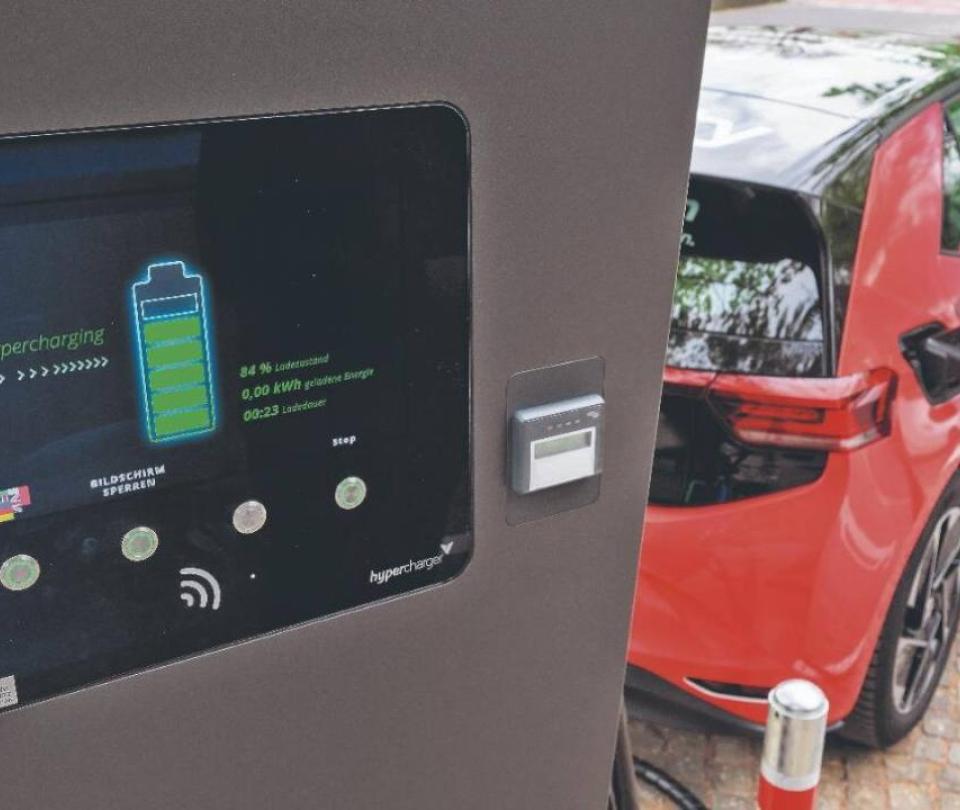The electric vehicles of all kinds are already displacing 1.5 million barrels of oil per day. This is reflected in a report BloombergNEF about its Annual Electric Vehicle Outlook.
(See: Uber commits to having partners use 0-emission vehicles by 2040)
“In our economics-based model, which we have called the Economic Transition Scenario, the cumulative value of electric vehicle sales in all segments reaches $8.8 trillion by 2030 and $57 trillion by 2050” notes lead author Colin McKerracher.
In a scenario where all vehicles have zero tailpipe emissions by 2050, our Net Zero Scenario, the mid-century figure jumps to more than $88 trillion, he says.
These numbers help explain why electric vehicles and batteries are becoming central to industrial policies in many countriesand why competition to attract investment will increase in the coming years.
(See: The electric car that costs less than a high-end cell phone)
“The gap between our Economic Transition Scenario and the Net Zero Scenario is smaller than in any of our previous reports”notes Bloomberg NEF.
This is due to stronger new political support in the United States, the initial progress of electric vehicles in some emerging economies, increasing global investment in charging infrastructure and the battery supply chain, and technological innovations such as batteries. of sodium ions.
However, there are still areas where more work is required.
In the region in which they operate, robotic taxis can cover three to five times the annual distance of a private passenger vehiclemeaning that in a high AV adoption scenario, far fewer vehicles are required to deliver the same level of mobility to consumers.
(See: Benefits for electric cars remain, says Mintransporte)
In the high AV model, the passenger vehicle fleet on the road by 2050 would be 29% smaller than in the Economic Transition Scenario, which assumes that robotic taxis will offer short- to medium-distance mobility, mainly in urban areas, where population density increases the viability of these services.
On the other hand, in what he calls a low AV scenario, the passenger vehicle fleet will continue to grow until 2050and will end in more than 1.8 billion vehicles, more than 29% more than in the Economic Transition model.
There is no doubt that electrification will play a decisive role in the coming decades of road transport, but the adoption is not yet clear.
Bloomberg








![[Img #74675]](https://thelatestnews.world/wp-content/uploads/2024/12/They-discover-a-new-class-of-X-ray-sources-in-the-150x150.jpg)



